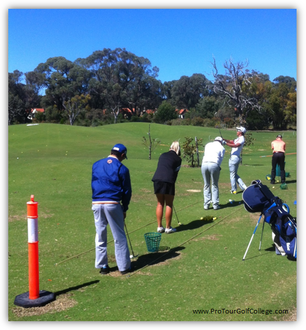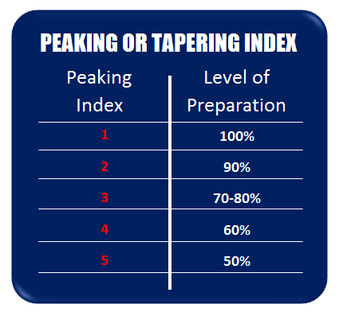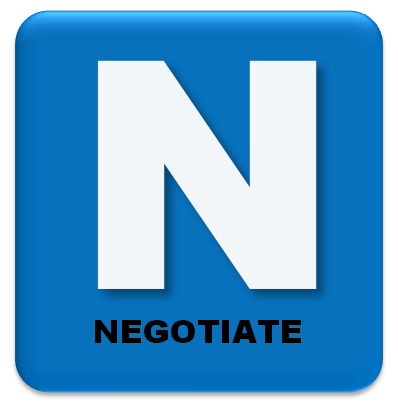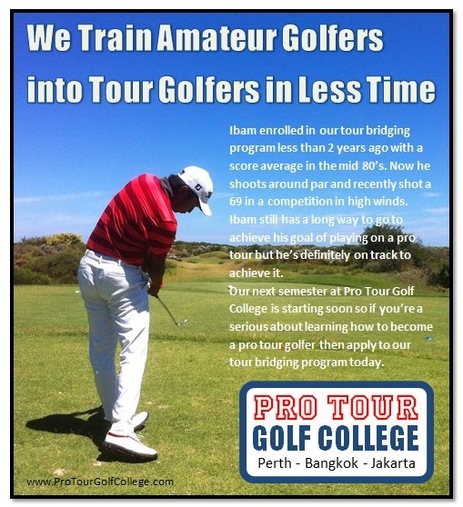"Like his father, he wasn't too sure of his answer and I explained that when you get to a low score average a core competency you need to develop is to track your golf course statistics carefully and get out of the habit of taking random lessons, or listening to random opinions as a reaction to poor play in tournaments."  One of the comments I read often by golf tour pro’s when interviewed about their goals for the New Year is to “keep getting better.” That’s great I think to myself, who doesn’t want to keep improving their golf? I guess the obvious question that needs to be asked though is how? How do you keep getting better at your golf? Recently I met a nice young tour player and his father and was asked by the father whether I would give his son a quick lesson. I thought for a moment and then decided to decline the offer because my knowledge of the situation is that this young tour golfer has had quite a few lessons (and opinions) from various teachers I didn’t want to be another sharing an opinion. His father was quite surprised that I declined the offer and asked me why and I said that I wouldn’t want to share an opinion on what I think his son needed to work on without a good deal of accurate information on his background performances, and as an example I asked a couple of simple-straight forward questions to them. "What is your tournament score average for last year up until your last tournament?" The father’s response was that he didn’t know, and then I asked him why he didn’t know considering that his son competed for a living on an extremely competitive professional tour. Again he had no response to the question. I then went on to say that it is difficult to improve a tour golfer’s score average (when they are already scoring close to par most of the time) without specific knowledge about their performances in tournaments. I said to them that just giving a golf lesson to your son doesn’t solve much of anything. Sadly this scenario is not uncommon though and many elite golfers do precisely this. It seems to be a “try this instructor and try that instructor” approach to golf improvement today, rather than working towards a long-term goal of lowering your score average bit-by-bit over several seasons. (See part 1 of this article) My second question was; "what specific golf skills are the ones that are having the most negative effect on your score average in tournaments?" Once again his father just looked at me with a blank stare and then I turned to the young tour player and asked him what he thought. Like his father, he wasn't too sure of his answer and I explained that when you get to a low score average a core competency you need to develop is to track your golf course statistics carefully and get out of the habit of taking random lessons or listening to random opinions as a reaction to poor play in tournaments. I explained that it would be better to start tracking your performances in each tournament so you can make informed decisions about what you need to focus on and improve. It is never enough to just say you want to improve your golf; you need to assess your current position and determine which golf skills need your attention moving forwards. We have found that the reason this type of approach exists mainly is because the players outlook is short-term. In other words, they’re not seeing the big picture of their career, just a very small one. This leads me to our next letter in the P.L.A.N approach to building your annual golf success plan.  A = ASSESSMENT: How do you know whether what you are working on is actually getting better? Well, the easiest way to know is to perform a regular golf skill assessment throughout your golf season to determine whether what you are working on getting better, staying the same or even getting worse. An assessment of your golf skill ability is essential part of your planning process if your desire is to lower your golf score average, and the key to this is to set up your assessment so that you are put under enough pressure to determine whether your golf skills are at the automaticity stage or still at the cognitive stage. This means that you can execute a golf shot under pressure without thinking about how you will do it, and you can do it with a high amount of success - say 70 percent of the time. Alternatively if you can't execute your shot under pressure without making mistakes 70 percent of the time, or thereabouts you are more than likely at the cognitive stage of learning. Remember that the idea is to improve your key golf skills to lower your golf score average. Don’t forget this, as this is the real reason you practice as hard as you do. Thus the ultimate goal of your seasonal golf success plan should be to perform to the best of your ability in the most important tournaments that you have chosen as your majors. Australian sports psychologist John Crampton once shared with me that the last golf skill you practice is the first one to break down under pressure. So like I said, if you have golf skills at the cognitive stage (conscious competence stage) then under pressure you are likely to experience poor results under the type of pressure you will face in tournament competition. This is why it is critical to choose your golf skills wisely during your season and aim to work carefully and patiently on your weakest-most important skills at the appropriate time in your training phases. What you are effectively doing throughout the golf season is negotiating your way to better golf scores by adjusting the volume, intensity, frequency and type of practice you do to facilitate change.  N = NEGOTIATE: Negotiation in this context means to overcome the normal daily challenges and adversity of learning and improving your golf skills, and the main tools you use to do this are;
As you know, how you practice is every bit as important as what you practice, and learning how to vary one component over another can have a dramatic effect on your performances on the golf course. At Pro Tour Golf College we assess the golf skills of our students continually to determine which golf skills are the weakest, and by improving them it will have the most positive effect on their competitive score average. From here we establish a performance forecast for the season to help us to establish guide posts along the way and then we work out the amount of volume and intensity that we believe is required to help our students to achieve their performance targets in golf skills and golf score. The following image (below) is the next stage in our annual golf success plan and you can see that I have included a forecast model for the season (Score Average Forecast) and in this example the stroke improvement we are aiming to achieve each month is 0.166 strokes improvement per month. The aim is to lower the competitive score average by 1.8 strokes from 75.0 to 73.2 over the season (51 rounds) and although we know that it is never as simple as forecasting a score average in a linear fashion, you will find it very helpful to establish a forecast like the one below. How did we do it? 75 minus 73 divided by 12 months = 0.166 strokes improvement per month. Our suggestion is that you sit down with your golf instructor to put your forecast into place for your weakest golf skills and also your golf score. GOLF PLAN AND DESIGN STAGE 3 - GOLF TRAINING FACTORS (REGULATING VOLUME, INTENSITY AND TAPERING)Below the score average forecast we establish a profile of where we regulate the volume and intensity of the golf practice over the season. Can you see that golf practice to improve performance is a negotiation of time and effort? It is not a perfect science so you need to be extremely flexible with your approach because it is likely that you will have to alter your approach more than once during the season. The idea is that when you are working on skill development it will take place in a general preparation phase and that you will be hitting higher volumes of golf shots in this phase than you will when you are in a competitive phase. In a competitive phase your volume goes down and the intensity of your practice will rise. Notice in the image above you can see how I have a blue line representing volume and a green line representing intensity? When the blue line is high the green line is down, and vice-versa. In most cases you will notice that when volume is up it is in a preparation phase, such as general preparation or specific preparation. When the volume goes down and intensity rises you will be practicing shot-making skills to targets and basically sharpening your scoring ability.  The peaking or tapering index (red dotted line) describes the golfers level of preparation leading towards their most important tournaments. Basically this line indicates your level of preparedness leading into your major tournaments that you have decided are the ones you most want to perform your best in. Notice how the closer you get to your major the red dotted line peaks? At the same time notice how the volume and intensity lines have dropped? This 'peaking' is achieved by manipulating the volume and intensity of your practice at-least 7 to 10 days leading into your major to allow you adequate time to recover mentally and physically so you are fresh leading into the tournament. During your peaking or tapering phase your practice load is much lighter and ideally you will be reducing the number of practice sessions within your weeks leading up to the tournament and you will find it beneficial to get into a game mode by practicing fun scoring games with your friends and generally reducing the amount and intensity of your golf practice. In many ways your ability to P.L.A.N your learning and improving describes your daily attitude and dedication to continually find ways to improve your game, and do it in a positive and optimistic way.
Golf performance change is one of the most difficult challenges you will face both mentally and physically, and having a spirit of determination and optimism (along with a good plan) will help you to negotiate the changes necessary for you to have a successful golf season. Using the P.L.A.N approach to change will help you to manage your expectations and also help you to stay patient, which are two of the biggest challenges you face as you move from one side of your golf season to the other. We wish you the very best for your upcoming golf season and know that if you follow our advice about building your golf success plan the way we have described, then you can be sure that you will be one step ahead of the game, and one step closer to winning one of your majors. Lawrie Montague and David Milne - Pro Tour Golf College Your Success On Tour is Our Business Comments are closed.
|
Archives
June 2019
|
Proudly Supported By
Copyright © 2011 - 2018 Pro Tour Golf College
Website Managed By Golf Performance Media
All Rights Reserved
Website Managed By Golf Performance Media
All Rights Reserved









 RSS Feed
RSS Feed



